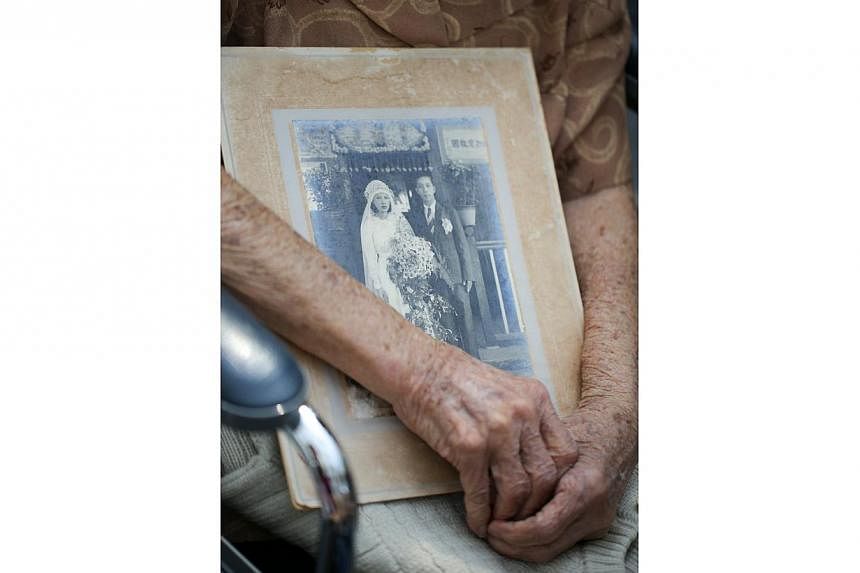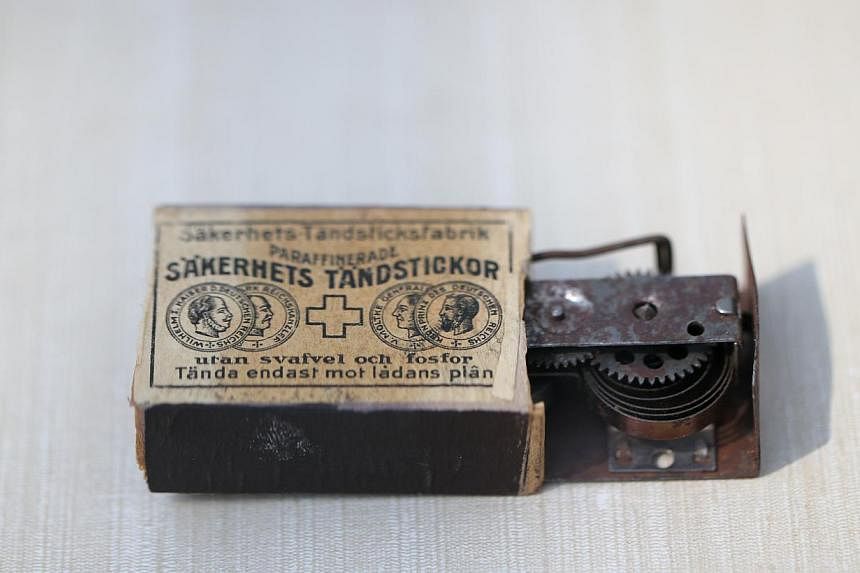They were kicked and slapped around by Japanese soldiers.
At night, the Prisoners-of-War and civilians interned at Singapore's Outram Gaol, were given nothing more than wooden planks, a wooden block for a pillow, and soiled blankets that were never washed, to sleep with.
They were also deprived of food and often denied the chance to bathe.
The squalid and unhygienic conditions meant that scabies - an itchy skin disorder caused by parasitic scabies mites living under the skin - festered within the facility's walls.
"They were tortured terribly and many were killed. My brother-in-law, George, an electrician in charge of the Sembawang Naval Base, was one of those who died in jail," said war survivor Mr Samuel Dhoraisingam, 90, a former secondary school principal.
By the end of the war on Sept 12, 1945, 39 detainees had died.
The conditions within the gaol were so appalling that it led many to nickname it the Belsen of the East - after a notorious, disease-riddled Nazi concentration camp in Northern Germany.
These war-time horrors that played out in the largest prison facility in Singapore, are on display at a new exhibition called Case Files From The Singapore War Crimes Tribunal at the National Museum of Singapore.
They were extracted by National Heritage Board researchers who were given access to copies of records of the War Office at the National Archives of Singapore. These documents included transcripts of court proceedings and interrogation reports.
"We wanted to showcase a lesser-known aspect of Singapore's war history and highlight the efforts expended to bring war criminals to justice in Singapore," said the board's group director of policy, Alvin Tan.
The exhibition is part of the board's efforts to commemorate the 73rd Anniversary of the Battle for Singapore and the 70th Anniversary of the Liberation of Singapore. It opens on Sunday, and ends on April 5.
Also on show are records of horrors that took place at Alexandra Hospital, Selarang Baracks, Oxley Rise and during the Sook Ching massacre.
They also detail the physical abuse of Allied soldiers and civilians who helped in raids and operations against Japanese Forces. The abuse ranged from being beaten with iron bars and wet, knotted ropes, to electric shocks.
Several weapons and ammunition including a Japanese machine gun, and POW belongings such as a handmade radio, are also on show at the exhibition.
The tribunal, run by the British, heard a total of 131 cases over two years. The accused included high ranking Japanese officials, rank and file soldiers and members of the Japanese Military Police or kempeitai.
Life sentences were rolled out, and many of them faced the firing squad or death by hanging.
Mr Samuel believes the exhibition will help shed light on a trying time when many were gripped with fear.
He said: "The exhibition shows the brutality of the Japanese troops... It can also inform current generations of the suffering the POWs and civilians went through which aren't fully detailed in textbooks."







